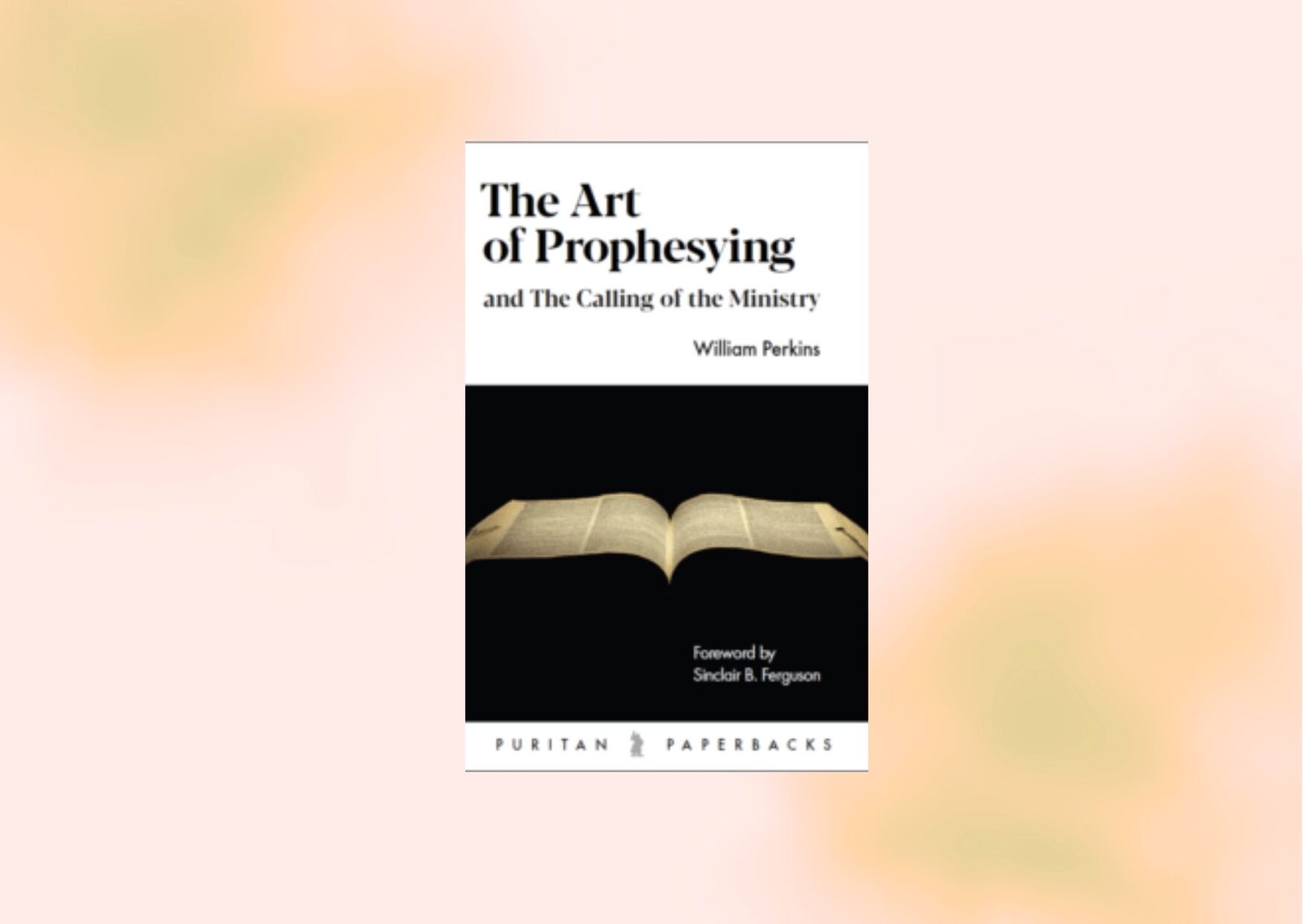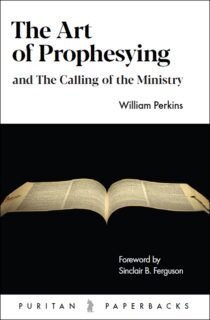The Art of Prophesying by William Perkins

Introduction
“The Art of Prophesying” by William Perkins is a remarkable book that has withstood the test of time, serving as a beacon of wisdom for preachers and students of theology alike. Perkins, a renowned English Puritan theologian of the sixteenth century, penned this insightful masterpiece with the intention of equipping individuals with the necessary tools to become proficient prophets of God’s Word.
This article endeavors to delve into the depths of Perkins’ profound work, exploring its key teachings and unveiling the gems that lie within its pages. From understanding biblical interpretation to constructing compelling sermons and delivering them with power and conviction, “The Art of Prophesying” offers invaluable guidance that remains relevant even in today’s modern era.
1. Decoding the Book Summary
“The Art of Prophesying” is a comprehensive guide that provides practical insights into the art of effective prophetic ministry. It aims to equip preachers with the necessary skills to rightly divide and interpret the Scriptures, craft sermons that captivate the hearts and minds of the listeners, and effectively communicate the divine message with clarity and authority.
2. The Essence of Biblical Interpretation
In this section, we explore the foundational principles outlined in “The Art of Prophesying” that enable interpreters to grasp the true meaning of Scripture and convey it accurately to their audience.
Embracing the historical context: Perkins emphasizes the importance of understanding the historical and cultural backdrop against which the biblical texts were written. By immersing ourselves in the context, we gain valuable insights into the intended meaning of the passages.
Recognizing the harmony of Scripture: Perkins urges interpreters to approach the Bible as a cohesive whole, understanding that each passage contributes to the overarching message of God’s redemptive plan. By connecting the dots between different passages, we gain a comprehensive understanding of biblical truth.
Employing sound hermeneutical principles: Perkins provides practical guidelines for interpreting Scripture, including examining the grammar, syntax, and semantics of the original languages, considering the author’s intent, and applying appropriate principles of interpretation.
3. Constructing Compelling Sermons
Perkins acknowledges the significance of well-structured and engaging sermons that effectively communicate God’s message to the congregation. This section focuses on the principles and methods he presents for constructing sermons that leave a lasting impact.
Captivating introductions: Perkins advocates for captivating introductions that immediately grab the attention of the listeners. By employing creative hooks, engaging anecdotes, or thought-provoking questions, preachers can establish a strong connection from the outset.
Clear divisions and subdivisions: Perkins stresses the importance of organizing sermons into clear divisions and subdivisions. This approach allows the audience to follow the progression of ideas and facilitates better retention of the message.
Balanced content: According to Perkins, a well-structured sermon should contain a balanced blend of doctrine, application, and illustration. By weaving these elements together, preachers can effectively communicate the depth of biblical truth while making it relevant and applicable to everyday life.
4. Delivering with Power and Conviction
In this section, we delve into Perkins’ insights on delivering sermons with conviction and authority, captivating the audience and igniting spiritual transformation.
- Passionate delivery: Perkins encourages preachers to deliver their sermons with passion, allowing the fire of God’s Word to burn within them. By conveying
the message with genuine enthusiasm and conviction, they can inspire and engage the listeners on a deeper level.
Effective use of rhetoric: Perkins emphasizes the use of rhetorical devices such as repetition, parallelism, and vivid imagery to enhance the impact of the sermon. By employing these techniques, preachers can evoke emotions, emphasize key points, and create memorable moments within the message.
Engaging body language: Perkins recognizes the importance of non-verbal communication in sermon delivery. He advises preachers to use appropriate gestures, facial expressions, and body language to convey confidence, sincerity, and passion. A dynamic physical presence can enhance the overall effectiveness of the message.
Timing and pacing: Perkins advises preachers to be mindful of the timing and pacing of their delivery. By allowing appropriate pauses for reflection, emphasizing significant points, and maintaining a steady rhythm, they can maintain the audience’s interest and facilitate better comprehension.
FAQs
Q1: Who is William Perkins, the author of “The Art of Prophesying”? A1: William Perkins was a prominent English Puritan theologian who lived during the sixteenth century. He is renowned for his significant contributions to the field of theology, particularly in the area of preaching and biblical interpretation.
Q2: Is “The Art of Prophesying” relevant in today’s context? A2: Absolutely! While the book was written centuries ago, its teachings transcend time and remain highly relevant today. The principles and insights shared by Perkins provide valuable guidance for preachers, pastors, and anyone seeking to effectively communicate the divine message.
Q3: Can beginners benefit from reading “The Art of Prophesying”? A3: Certainly! Perkins wrote the book with the intention of equipping both seasoned preachers and those just starting their journey in prophetic ministry. The practical guidance and foundational principles shared in the book can be invaluable for beginners, helping them develop a strong foundation for effective preaching.
Conclusion
“The Art of Prophesying” by William Perkins continues to hold immense value in the realm of preaching and biblical interpretation. Its teachings have stood the test of time, offering profound insights into the art of effective prophetic ministry.
From decoding the book summary to understanding the essence of biblical interpretation, constructing compelling sermons, and delivering them with power and conviction, Perkins’ work provides a comprehensive guide for preachers and students of theology. By applying the principles shared in this timeless masterpiece, individuals can enhance their preaching skills, connect with their audience on a deeper level, and effectively communicate the timeless truths of God’s Word.
Quote
"Let us labor to be plain in our preaching, that we may be understood by the simplest." - William Perkins
"The whole counsel of God is to be declared in every sermon; and therefore, those things which are necessary unto salvation must be set forth particularly and plainly." - William Perkins
"We must come to the Word with empty hands, as it were, ready to receive what it shall please God to deliver unto us." - William Perkins
"The sermon must first shake the heart of the preacher, and then the hearts of the hearers." - William Perkins
"In preaching, the end must ever be remembered: to convert sinners, and to edify the saints." - William Perkins
The Art of Prophesying
Few things are more evident in contemporary churches than the decline in the importance attached…



